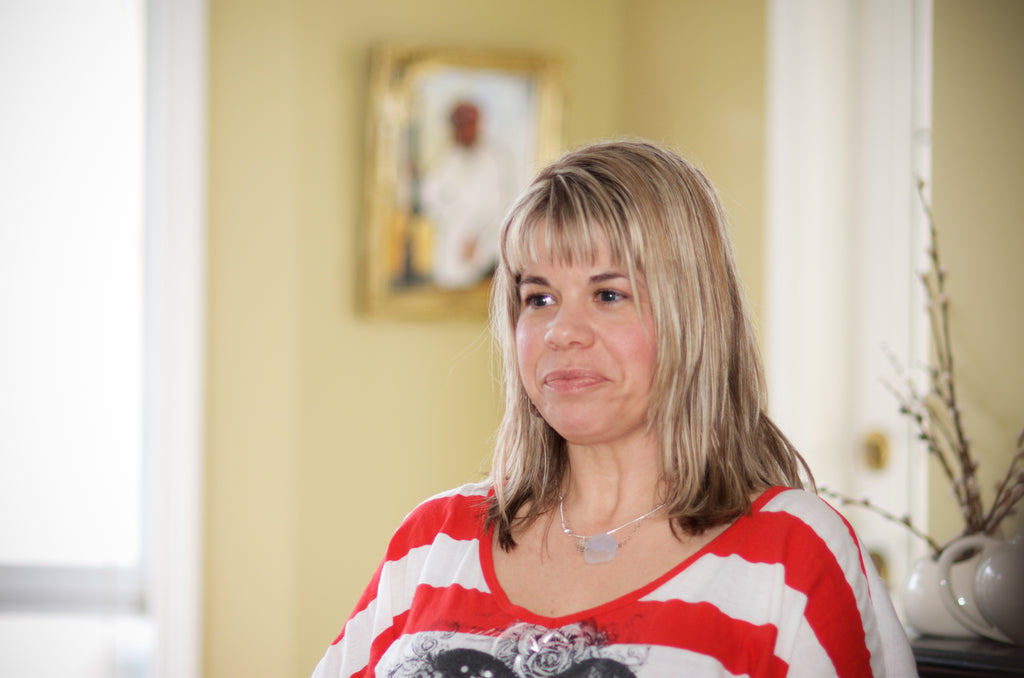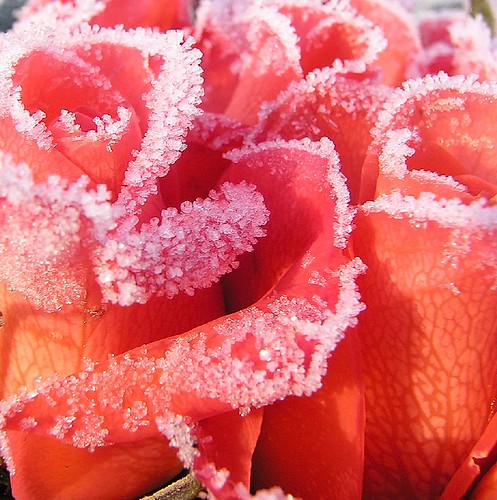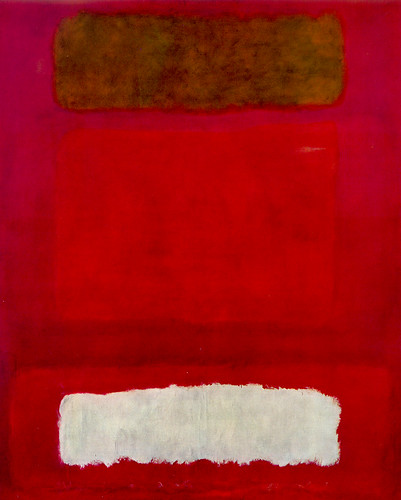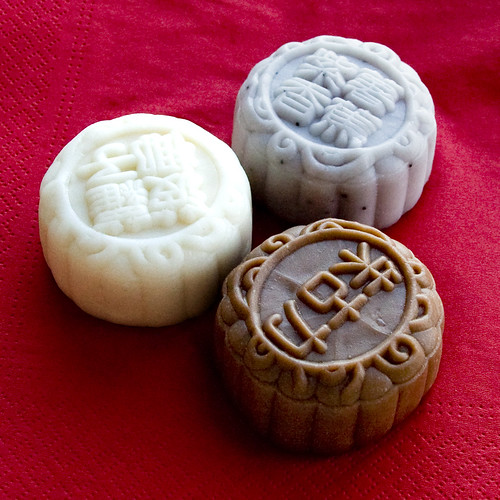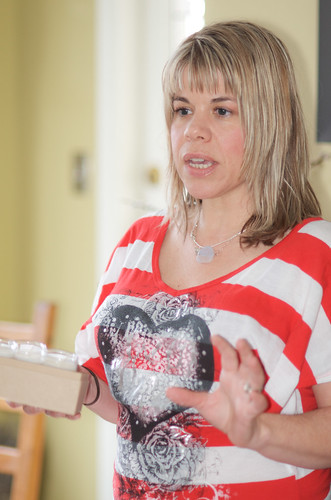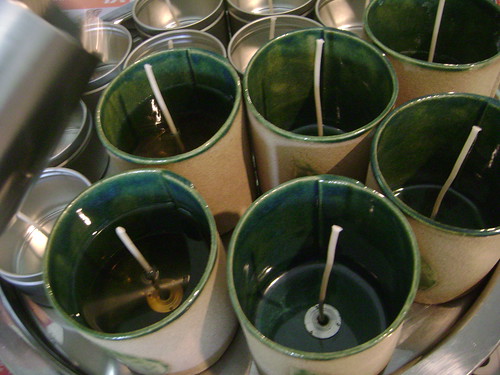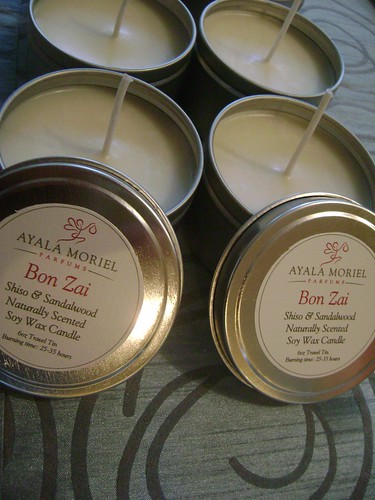Lighting a Candle for Nikki Sherritt
Lighting a scented candle for my friend and colleague Nikki Sherritt. I can't believe you are gone! You lived a fierce life, worked way too hard and was so kind, sweet, creative and true to yourself.
Incense and candles  will be burnt for you over the next few days to accompany your soul in it's journey to the next realm.
will be burnt for you over the next few days to accompany your soul in it's journey to the next realm.
I will forever cherish our time together, head-to-head in my tiny Vancouver den studio, dreaming and brewing perfumes and candles together, and supporting each other art and independent voice.
The world have lost a generous, gentle, kind spirit. And I can't help hoping that you knew I thought the world of you both as a person and as a perfumer. And that your soul is at peace now.
Nikki was a talented candlemaker and botanical perfumer, putting together combination that were as unique as herself and really spoke with a bold and original voice. She was an animal lover and animal welfare activist, and had a long career in film production, cut short by a violent cancer that extinguished her light within just a little over a year. It is devastating to see you go, Nikki. You were always so full of love and light. Keep shining, wherever your soul is.
The photo is from an aphrodisiac tea party we co-hosted, Nikki doing a presentation of her beautiful candles, back then called "Gabriel's Aunt" and lately known as Rebel & Mercury Pure Botanical Parfums. Our professional relationship started when Nikki wanted to consult with me on some of her botanical perfumes; and after experiencing her beautiful candles, we worked together on creating many fragrant candles for my line. It is sad to think of all this as history now.
For those wishing to pay a tribute to Nikki, there is a a GoFundMe page for fundraising to her medical and memorial expenses.
Portrait of Nikki by Miriam Kleingeltink


